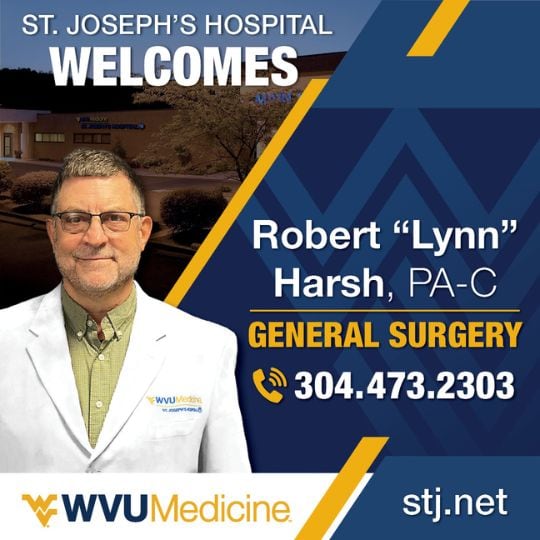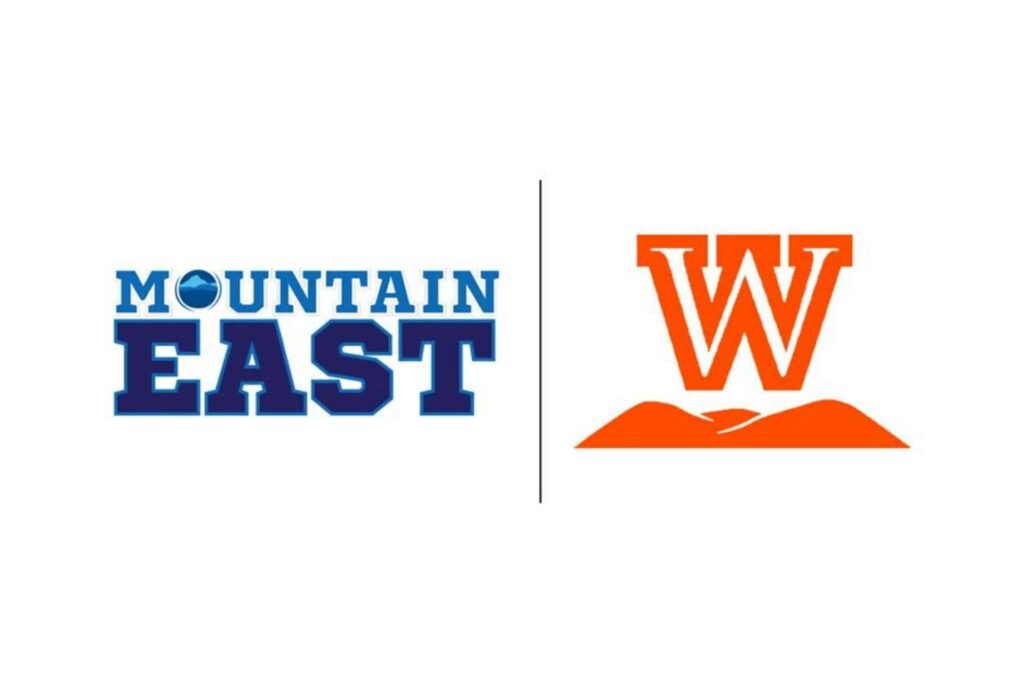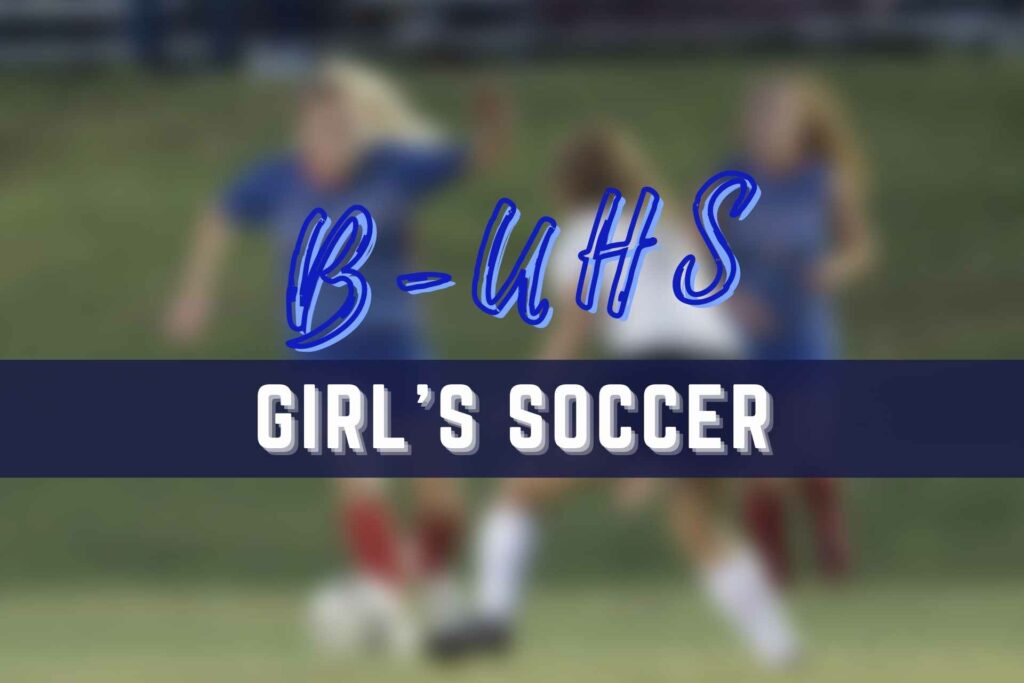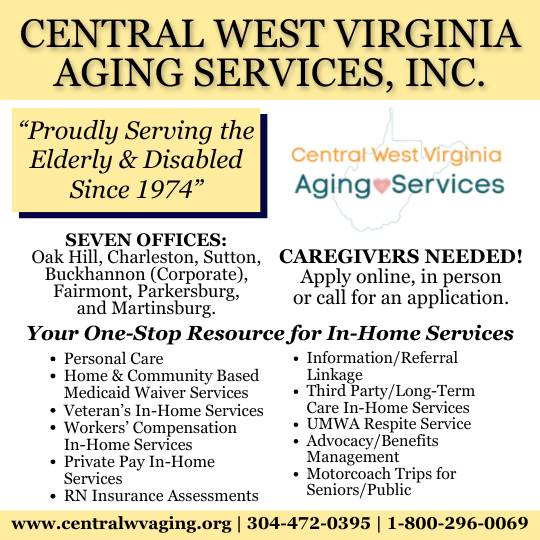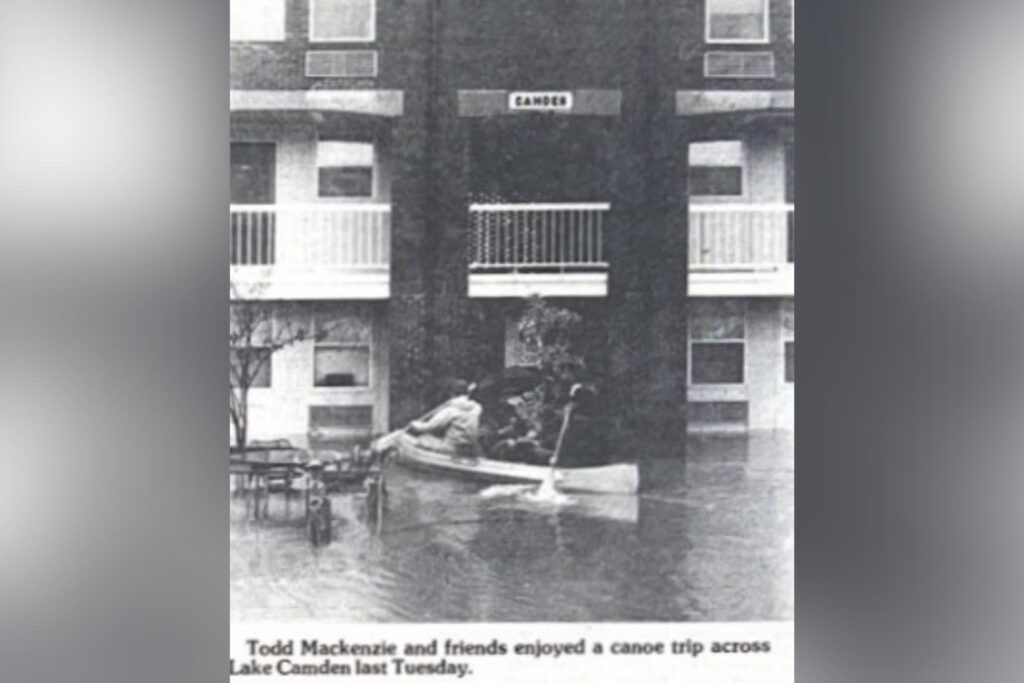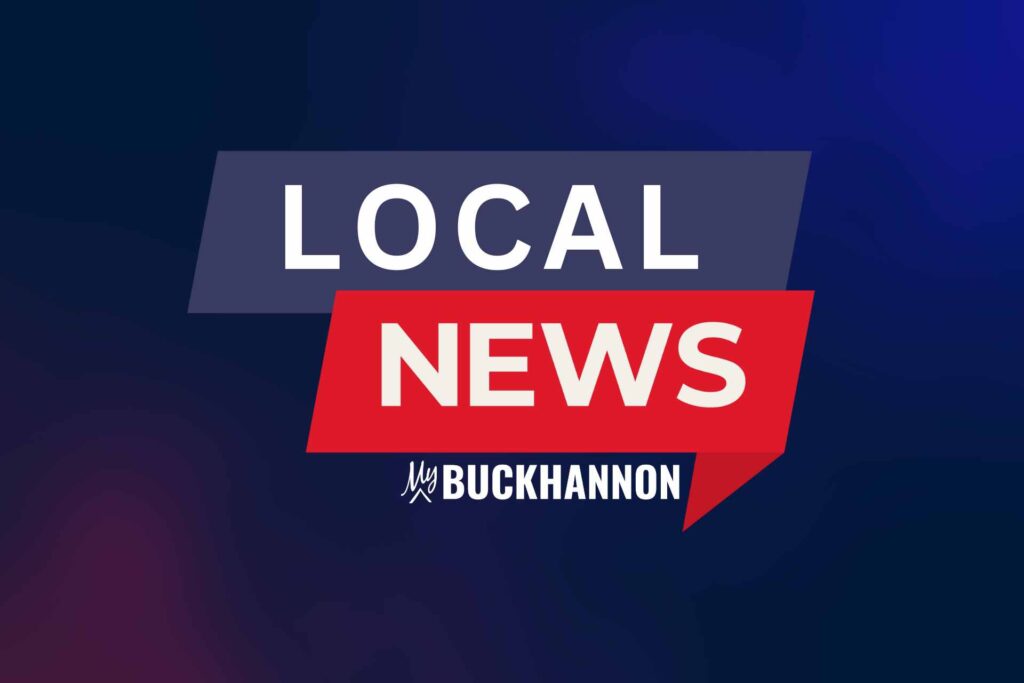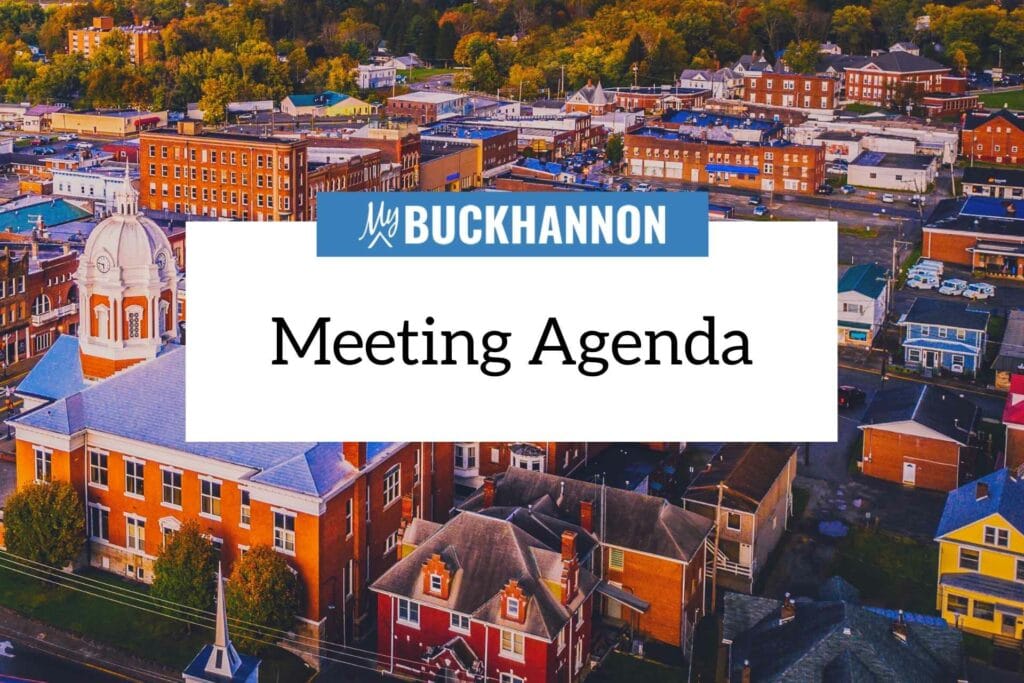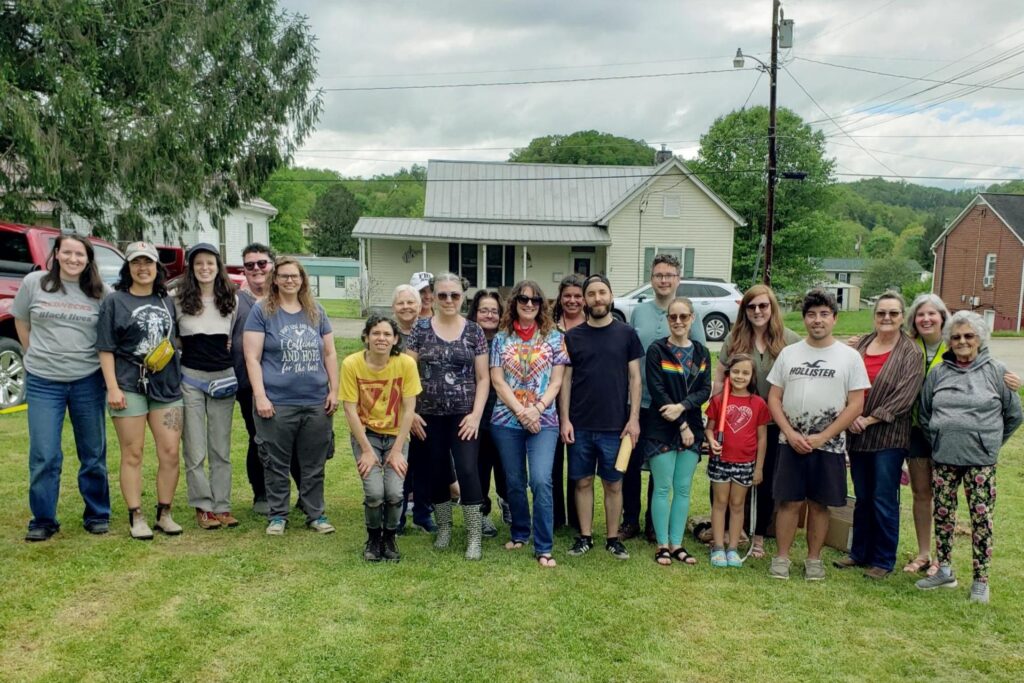BUCKHANNON – The City of Buckhannon has opted to participate in the opioid litigation settlement between the State of West Virginia and the U.S.’s three largest opioid distributors.
Yet, exactly how much money the municipality will receive – and when city officials will receive it – is still unclear. The current amount is estimated at approximately $12,000 to $13,000 per year over a 12-year period.
At its Sept. 15 meeting, Buckhannon City Council approved signing a Subdivision Settlement Participation Form upon the advice of their outside counsel for the opioid litigation, Rusty Webb of the Charleston-based Webb Law Centre, who attended the meeting virtually.
According to a West Virginia Public Broadcasting story and documents provided in council’s meeting packet, the State of West Virginia and the three major opioid distributors — AmerisourceBergen, Cardinal Health and McKesson – reached a $400-million-dollar settlement on July 31, 2022. The money is intended to be funneled into specific programs designed to combat and prevent a worsening of the opioid epidemic going forward over a 12-year period.
In March 2022, the City of Buckhannon approved a national opioid litigation settlement framework – i.e., the general terms of a legal agreement. But the vote at council’s Sept. 15 meeting means not only that the city will receive some funds, but that the city is releasing “all claims against the Released Entities,” i.e., the distributors.
Webb laid out a few pertinent points.
“We reached that settlement in the month of July and there are two things that are significant about it, and one is that Huntington-Cabell will not participate in the direct monies that will be directed toward the counties and cities because Cabell-Huntington, right after we settled the case, lost its case against the same defendants from a ruling from a federal judge in the southern district of West Virginia,” Webb said. “This will be distributed according to a formula that excludes Huntington-Cabell, so everyone gets slightly more of the pot.”
Webb noted that all the funds won’t be paid in one lump sum.
“The other significant point is that it will be paid over a 12-year period and that’s not inconsistent with the larger settlement that has been made in the country with those same distributors,” he said. “There’s a third point I’d like to make and that is that by settling with these distributors for $400 million, we have received at least double, if not more than double, what we would have received from these distributors had we gone along with the national $26 billion-dollar settlement because it was a population-based model and didn’t give the state of West Virginia its due, so we’re very happy about that amount of money. And I would urge the city council to authorize the execution of the release of those defendants.”
Instead of a population-based formula, the funds cities and counties receive from the litigation will be disbursed based upon a formula known as a National Class Action Settlement Formula, according to a previous story. Under that formula, the factors that will determine how much Buckhannon and Upshur County receive are: health; police protection; fire protection; judicial and legal; corrections; public welfare; housing; and community development
The Subdivision Settlement Participation Formula must be signed by cities and counties that want to receive monetary benefits in accordance with the July 31 Distributors West Virginia Subdivision Settlement agreement. It says that the city elects to partake in the distributors’ settlement agreement and releases “all released claims against Released Entities,” or the ‘Big Three.’
City attorney Tom O’Neill asked Webb to elaborate on exactly how much money the city would be awarded, but Webb said he couldn’t say yet because the judge still needs to issue an order stating how attorneys’ fees would be calculated as well as a contingency fee, which he estimated at 10-11 percent.
“There’s one remaining issue, so I cannot tell you, and that’s what will the attorney’s fees be out of that $400 million?” Webb said. “There will be attorneys’ fees paid to attorneys that litigated the matter, there will be expenses paid in that matter in the millions, and then there will be a small contingency fee at the bottom of that. I believe at the end of the day, it will not exceed 25 percent all in with fees and expenses, so it’s a pretty good deal for the City of Buckhannon.”
A “First Memorandum of Understanding” in the case drafted in February 2022 states that the City of Buckhannon is entitled to 0.1667 of the settlement amount, while Upshur County will receive 0.4637.
O’Neill told council the Settlement Participation document is essentially “boilerplate.”
“We’re not giving up any significant rights in this, except the right to pursue the case,” O’Neill said.
City councilman David McCauley said not knowing an amount prior to signing a settlement agreement is unusual.
“I’ve been practicing law for 40 years and I have never been engaged in the execution of a release where we didn’t know exactly what we were releasing for a sum certain,” McCauley said. “I’ve never seen that, not once. And if there’s this formula that we know what the formula is and we know what the impact has been in Buckhannon, should we not be able to at least have a ballpark figure as to what we’re releasing the amount for?
“The other question is, has the court said that the court has to have the releases in hand before they will determine the attorneys’ fees?”
Webb said it was his understanding that attorneys’ fees would be addressed only after all the subdivision releases are signed.
“That’s the position of the court,” he told McCauley. “This is all being run through the Mass Tort Panel and it’s all being run through Judge Wilkes.”
Webb said this is a common practice in mass tort law, and McCauley indicated he was prepared to move forward.
“I was mayor of Buckhannon when we filed this action, and I looked at it, and I think the council then looked at it, as though any recovery was sort of pennies from heaven to reimburse us for expenses we had incurred relative to the opioid epidemic,” McCauley said. “So, in the spirit of that, I’m prepared to endorse the unknown amount.”
O’Neill consulted city finance and administrative director Amberle Jenkins, who calculated the city would reap $12,000-$13,000 annually.
“We’re not getting hundreds of thousands of dollars,” O’Neill said.
Councilman David Thomas said he didn’t like being in the dark about the amount.
“I’ll vote for it, but I’m uncomfortable that we don’t have the bottom line and I think we should share that with the judge at some point in time,” Thomas said.
City recorder Randy Sanders, who ran the meeting, said the settlement participation document was non-negotiable.
“We either accept it or reject it,” he said. “There’s nothing we can negotiate at this point.”
Councilman Jack Reger made a motion to sign the participation agreement, which was seconded by councilman CJ Rylands prior to passing unanimously.

